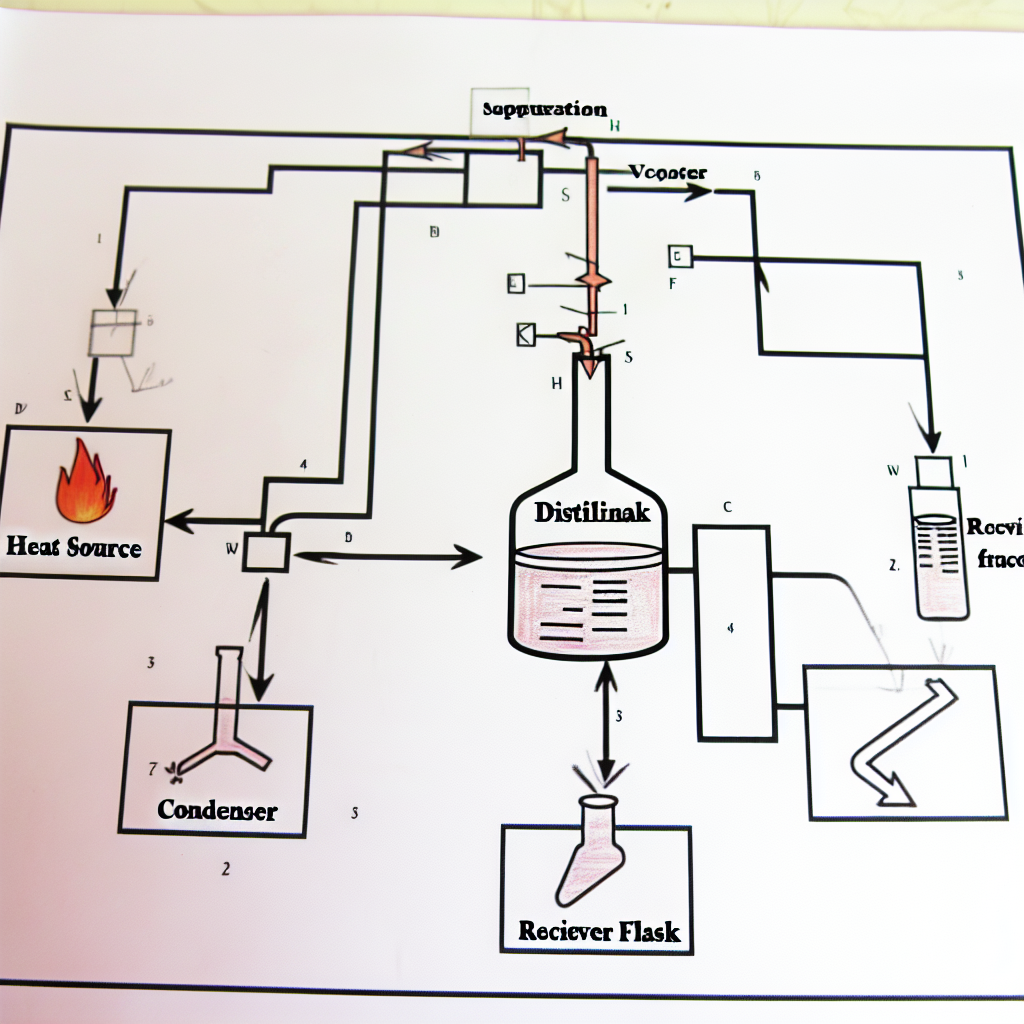AI Distillation in 2025: Advanced Techniques for Model Efficiency
The increasing complexity of AI models drives the need for innovative solutions like AI distillation to enhance model efficiency. With AI systems powering crucial aspects of modern life—from voice assistants to recommendation engines—implementing effective training strategies becomes paramount. This exploration of AI distillation techniques delves into how they streamline AI training, shedding light on essential methods that professionals must embrace to maintain cutting-edge operational efficiency while ensuring resource sustainability.
Table of Contents
Introduction to AI Distillation
AI distillation, a technique borrowed from the process of distillation in chemistry, focuses on refining large AI models into smaller, more efficient representations without losing vital performance characteristics. By condensing the knowledge of a complex, resource-intensive model into a lighter model, AI practitioners can significantly cut down training and inference costs while maintaining, or even enhancing, model efficacy.
In an industry where efficiency equates to competitive advantage, understanding AI distillation and integrating these approaches into your workflows is crucial. Let’s delve into the various techniques and frameworks that make AI distillation feasible.
Techniques and Frameworks
Knowledge Distillation
Knowledge distillation involves transferring insights from a larger, complex ‘teacher’ model to a ‘student’ model. The aim is to retain accuracy while improving efficiency. Google Brain’s pioneering research in this area set the pace, allowing for scalable improvements in models like BERT without compromising on performance.
Layer-wise Distillation
Layer-wise distillation fine-tunes each layer of the student model separately, capitalizing on the learning layers of the teacher model. This modular approach promotes enhanced understanding and provides room for innovations, offering fine-grained control over model optimization.
Attention Transfer
By mimicking the attention maps from sophisticated models, attention transfer distills the capability of understanding context better. This technique significantly expedites natural language processing tasks, enhancing model interpretability while maintaining competitive inference speed.
Industry leaders and researchers are continuously advancing the frameworks supporting these strategies, such as TensorFlow and PyTorch, ensuring capabilities keep pace with growing data complexities.
Real-World Applications
The adoption of AI distillation methods is evident in various sectors. For instance, autonomous vehicles leverage distillation for real-time decision-making processes, ensuring safety without the need for overly massive compute resources. In the healthcare sector, image processing models for diagnostic tools utilize AI distillation to maintain service quality and speed while remaining minimally intrusive on system infrastructures.
Furthermore, e-commerce platforms employ distilled models to optimize search algorithms, making product personalization more efficient and user-centric. Companies like OpenAI apply distillation to reduce costs of deploying large-scale language models, making these powerful tools accessible even on limited hardware configurations.
Emerging Trends
Looking forward, the rise of federated learning married with AI distillation promises even more significant advances. This combination allows model updates to occur on edge devices, securing privacy and improving performance incrementally without central data pooling. Additionally, exploring automated distillation processes through AI augmentation and AutoML represents a shift towards self-optimizing systems that reduce human intervention while enhancing model deployment times.
The integration of quantum computing with AI distillation stands as another frontier, potentially revolutionizing computing efficiency beyond current limitations. As these trends unfold, remaining informed and adaptable is essential for stakeholders in the AI ecosystem.
FAQ
What is the goal of AI distillation?
The goal of AI distillation is to compress and enhance large, complex models into smaller and more efficient forms, preserving essential capabilities while reducing computational demands.
How does AI distillation differ from model pruning?
While both aim to streamline models, distillation focuses on transferring knowledge from a comprehensive model to a condensed version, whereas pruning involves removing unnecessary parts of the model to optimize performance.
Why is AI distillation important for AI deployment?
AI distillation is crucial due to its ability to maintain performance while reducing resource usage, ensuring AI systems are more sustainable and cost-effective to deploy in real-world scenarios.
Can distillation improve model interpretability?
Yes, distillation can enhance interpretability by simplifying model structures, allowing for better understanding of decision-making processes and improving transparency across AI applications.
Conclusion
AI distillation represents a cornerstone in the future of AI, driving efficiencies and expanding the reach of sophisticated models across industries. By embracing these techniques, organizations can maximize their AI capabilities, making processes faster, more cost-effective, and scalable. As we progress, expect the fusion of emerging trends like quantum computing and federated learning to redefine AI possibilities.
To stay ahead, subscribe to updates and explore more insightful AI, GenAI, and Data Science content by visiting our subscription page and enhance your knowledge by exploring AI Blogs, GenAI Blogs, and Data Science Blogs.



